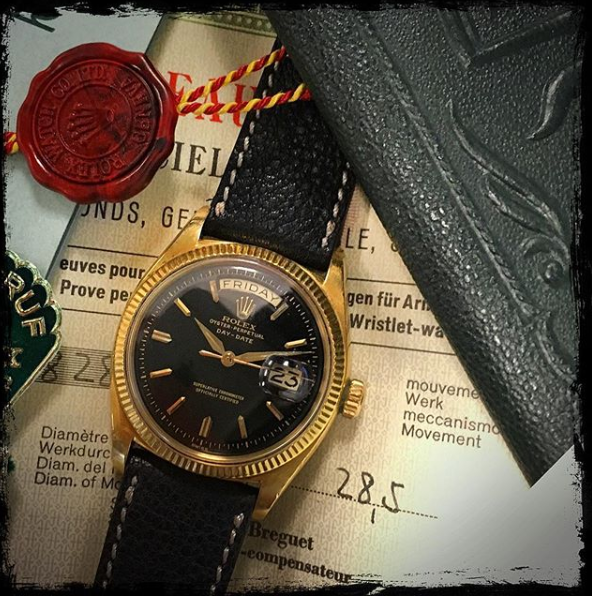Back in the day, a long, long time ago, watches were not always worn on the wrist. A lot of the times, as you would see in the movies, these beautiful pieces of art would be carried inside of a pocket or linked to a chain.
Today, we have just one type of wristwatch – that has varied style and created by multiple brands. Over many hundreds of years, dating back to when the first pocket watch was invented in the early 1500’s, watches have evolved greatly. From being extremely large to petite enough for women to even wear. Then they became a tool for men to use and a fashion statement for women to wear and appreciate.

Did you know? It took almost 200 years from the time the first pocket watch was invented to it having a minute hand? That is quite a while. In fact, the minute hand was introduced in Britain and France in the late 1600’s.
Caroline Murat, who was the Queen of Naples during the early 1800’s, received the very first wristwatch. This beautiful piece of art was created by Breguet.
Twenty years later, the keyless clock came about, which did away from having to wind with a key. Talk about a step ahead in convenience versus luxury!
As time progresses, famous names such as Patek Phillipe and Cartier make their way into the game. They begin to invent new customization’s such as the calendar for the watch, split seconds, and the first every prototype for the man’s watch.
During World War I, many of the soldiers were given “trench watches,” which brought a unique look to them, involving what looked like some sort of metal protected gate in front of the time itself.
STOP!

In 1930, Breitling developed and patented the first ever STOP watch.
Years have gone by up until this very moment, and may types of wrist watches have emerged from some of the world’s most famous creators.
From the skinniest to the most expensive, the world of watches brings forth a sense of style, and importance.
